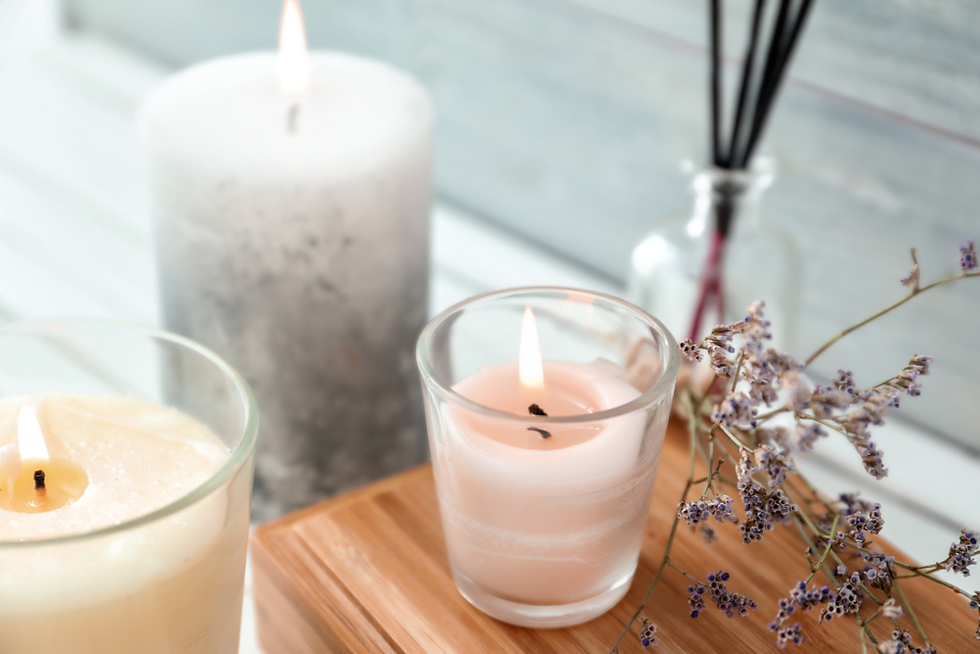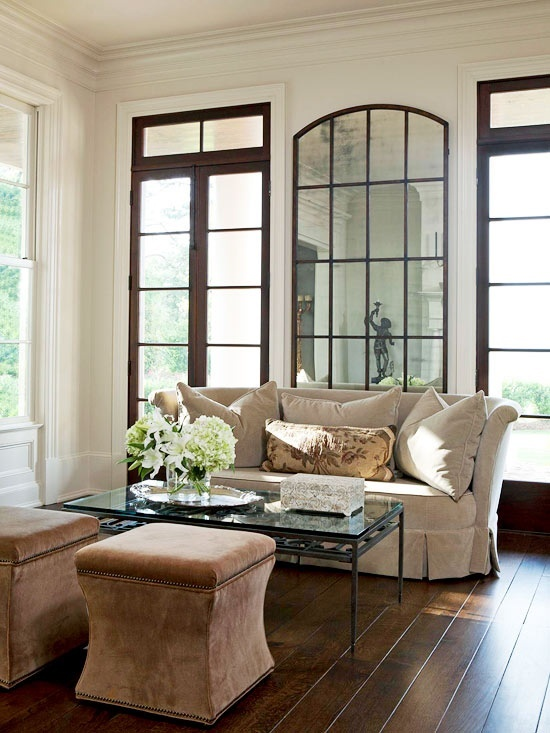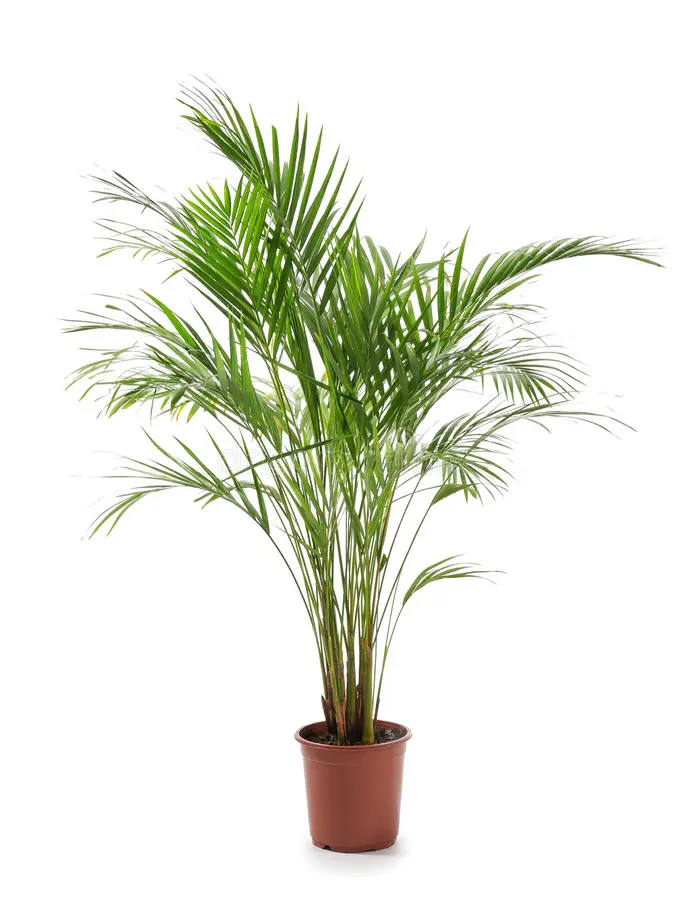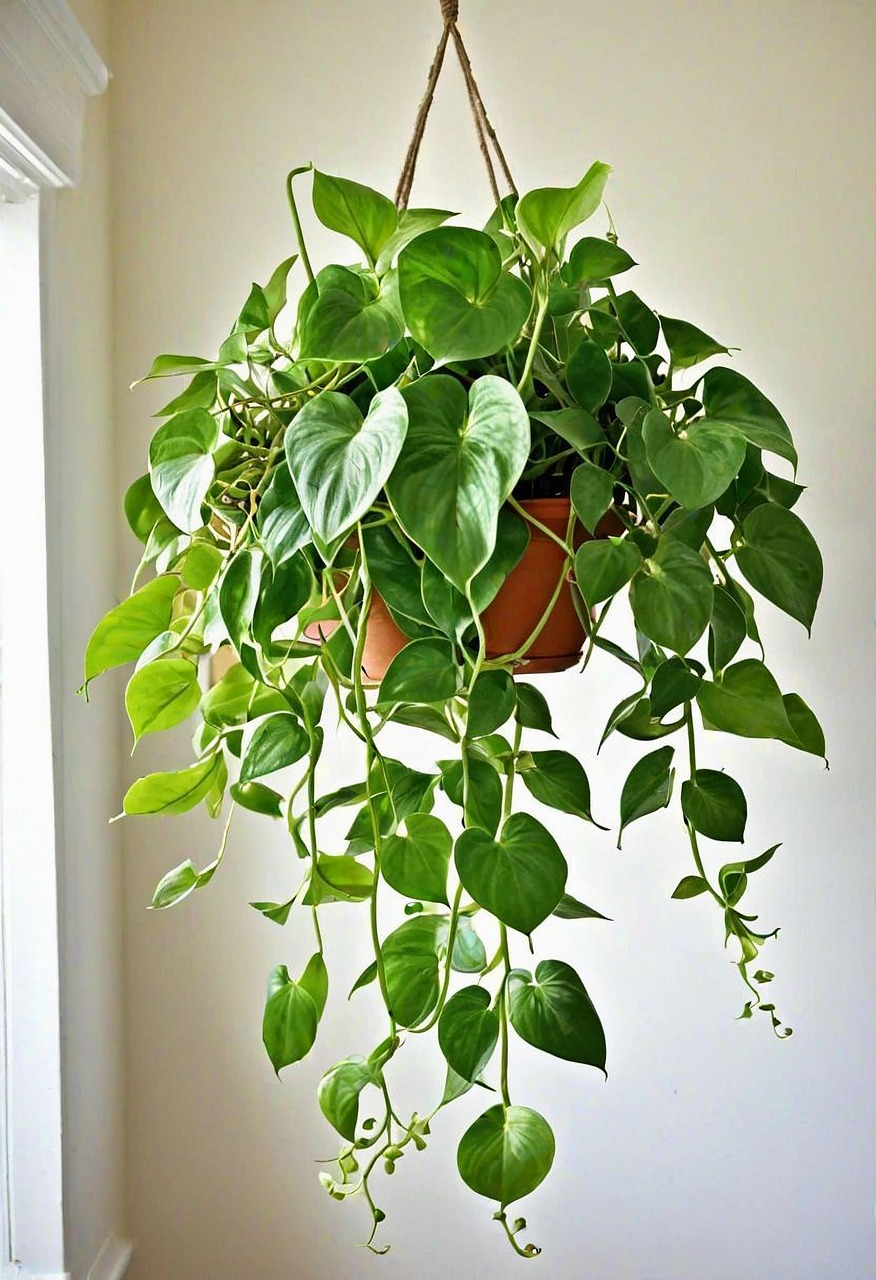Bird-Proofing Your Home: How to Keep Pet Birds Safe Indoors🕊
- Iqra Shaikh
- 6 days ago
- 3 min read
📌 What This Blog Contains
🛡️ Why Bird-Proofing Matters
Birds are curious, agile, and fragile. While their charm is irresistible, their tiny size and active nature put them at constant risk indoors. Bird-proofing isn’t just an option — it’s a must for any responsible bird parent.
Even if your bird is caged most of the time, flight time or supervised outings should happen in a safe, hazard-free space.
🏠 Room-by-Room Safety Tips
Here’s how to bird-proof the key areas of your home:
Living Room
Remove candles, potpourri, incense, and essential oil diffusers.
Keep wires covered and inaccessible.
Close windows and ensure fans are switched off when your bird is out.
Kitchen
Never allow birds in during cooking.
Teflon (non-stick) cookware releases fumes deadly to birds.
Store sharp tools, spices, and cleaning agents out of reach.
Bathroom
Keep toilet lids closed.
Remove razors, soaps, and personal care items from open surfaces.
Check mirrors and reflective surfaces — birds may fly into them.
Bedroom
Secure drawers and closets where curious birds might sneak in.
Keep makeup, jewelry, and perfumes away.
Avoid feather beds and weighted blankets during flight time.
☠️ Common Household Hazards
Teflon-coated pans: Release fumes that are fatal to birds.

Scented candles & aerosols: Harmful when inhaled.

Open water sources: Toilets, sinks, and aquariums pose drowning risks.

Mirrors and windows: Birds can fly into them at full speed.

🌿 Safe Plants, Toys & Perches
✅ Safe Plants:
Spider plant

Bamboo palm

Areca palm

❌ Toxic Plants to Avoid:
Philodendron

Pothos

Dieffenbachia (Dumb Cane)

🧸 Toys & Perches:
Use untreated wood perches — no varnish or paint.
Avoid ropes that fray easily (ingestion hazard).
Choose bird-safe chew toys without metal parts or sharp edges.
🧠 Final Thoughts
A pet bird depends on you for every aspect of safety. While it may seem overwhelming to bird-proof an entire home, the result is peace of mind and a happier, freer companion. Prevention today saves heartbreak tomorrow.
💡 Pro Tip
Place your bird's cage in a central, calm room with good airflow and natural light — away from the kitchen. Let your bird safely observe daily life without being in harm’s way.
📌 Summary
Bird-proofing protects your pet from everyday dangers.
Each room poses different risks — adapt accordingly.
Avoid toxic fumes, unsafe plants, and drowning hazards.
Safe toys and spaces create a secure environment for exploration.
❓ FAQs for Bird Owners on Bird-Proofing Their Home
Why is bird-proofing essential for pet bird safety indoors?
Bird-proofing prevents accidents like window collisions, toxic exposure, or electrical injuries, ensuring your bird’s indoor environment is safe and stress-free.
What common household dangers should I eliminate for my bird’s safety?
Hazards include ceiling fans, open windows, toxic plants, electrical cords, Teflon-coated cookware fumes, and small objects that could be swallowed.
Can pet birds fly safely inside the house?
Only in a well-bird-proofed room. Unsupervised flying without safety precautions can lead to injuries or escape.
How do I protect my bird from toxic fumes and air pollutants?
Avoid non-stick pans, scented candles, aerosol sprays, and smoking indoors. Ensure good ventilation and use bird-safe cleaning products.
What’s the best way to secure windows and doors with a bird at home?
Install screens, close doors when birds are out, and use window clings or decals to prevent collisions
👉Read next:
Also a rabbit parent?
Check out our ultimate rabbit care guide
Follow us on:



Comments